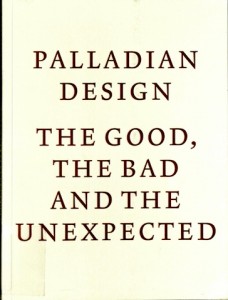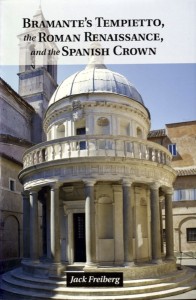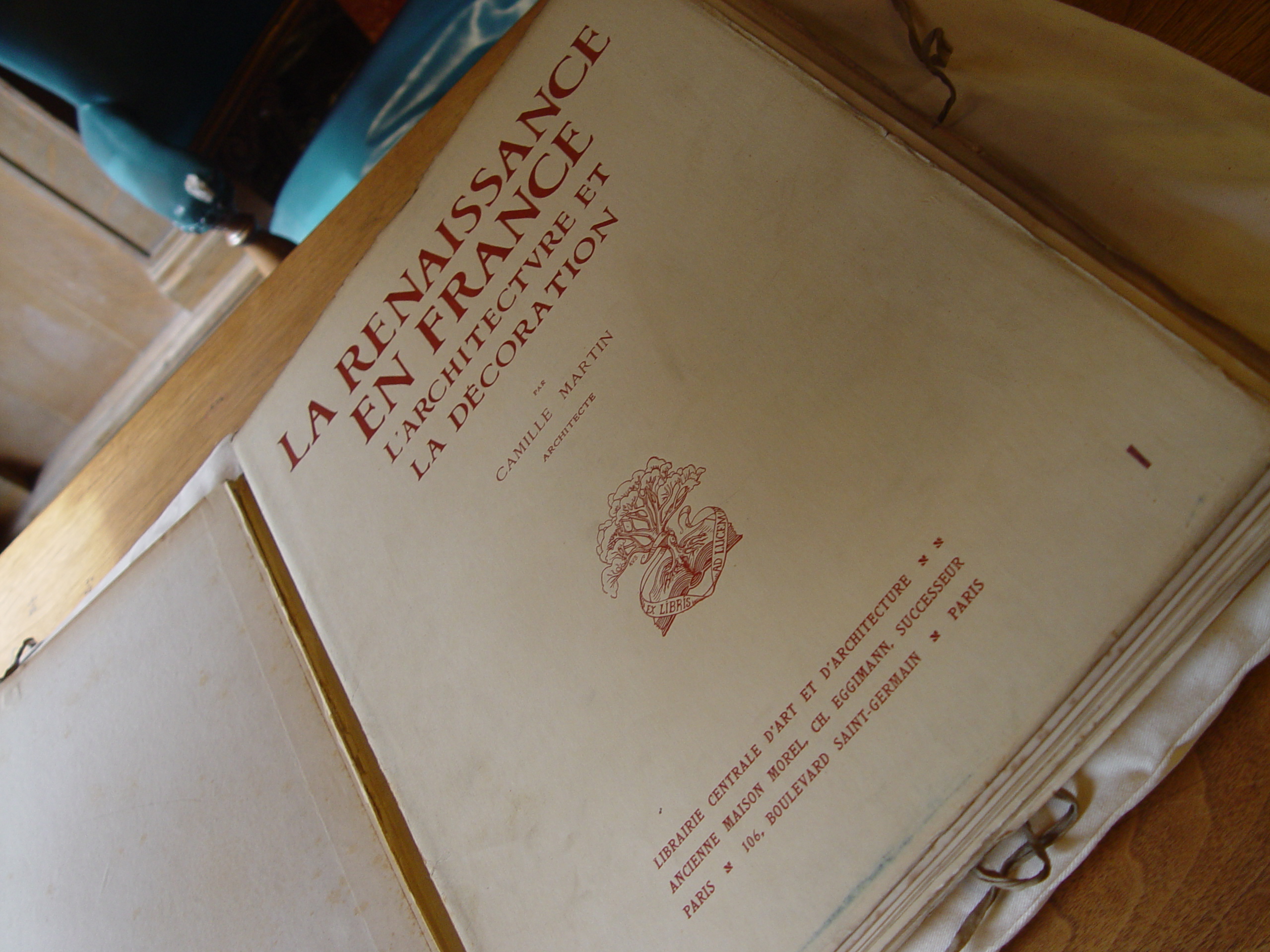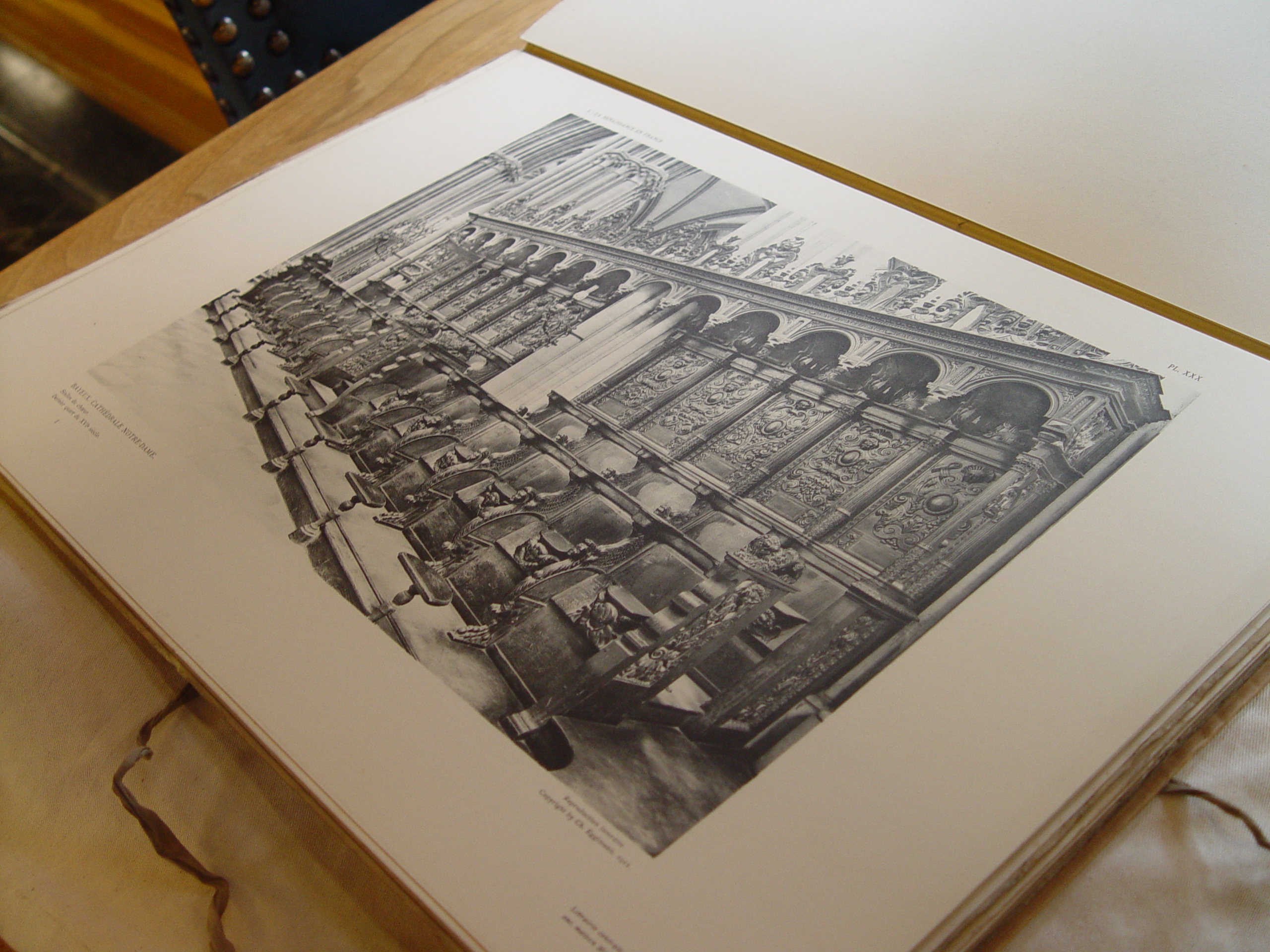First, I would like to call attention to William Allin Storrer’s two new books on Frank Lloyd Wright that just arrived – Frank Lloyd Wright: Creating American Architecture and Frank Lloyd Wright: Designing Democratic America. Storrer notes in both works, “It is, too, a personal memoir and distillation of what my 66 years ‘with Frank Lloyd Wright’ has come to mean to me” (Designing Democratic America, IV; Creating American Architecture, III). Each work focuses on domestic architecture – Creating American Architecture specifically on Wright’s Prairie architecture and Designing Democratic America on his Usonian designs.
Storrer, William Allin. Frank Lloyd Wright: Creating American Architecture. With D. Dominique Watts and Rich Johnson. Traverse City, MI: WineWright Media, 2015. Storrer, William Allin. Frank Lloyd Wright Designing Democratic America. Traverse City, MI: WineWright Media, 2015.
The other two books I selected to share pertain to cities – Chicago and Florence, though they will be of interest to historians, architects, and urban planners.
Betancur, John J. and Janet L. Smith. Claiming Neighborhood: New Ways of Understanding Urban Change. Urbana, IL: University of Illinois Press, 2016.
 Betancur and Smith examine Chicago as a case study for understanding the history and future of neighborhoods. They write:
Betancur and Smith examine Chicago as a case study for understanding the history and future of neighborhoods. They write:
We argue that current theories – the tools used by academics and policy makers to explain how and why neighborhoods change – limit our ability to interpret what is actually happening while at the same time advancing in a veiled form a specific position or point of view and mandate. In particular, long-standing assumptions about what a neighborhood is and its importance in our lives rely on an image from the past that never existed and ignores or hides the realities on the ground. (pg. vii)
Atkinson, Niall. The Noisy Renaissance: Sound, Architecture, and Florentine Urban Life. University Park, PA: The Pennsylvania State University, 2016.
I am particularly excited about Niall Atkinson’s book on Renaissance Florence. While I was not anticipating his work, I find medieval and Renaissance Florence incredibly engaging and it is always one of my favorite sections to teach. I am curious how The Noisy Renaissance will either act as a companion piece to Marvin Trachtenberg’s Dominion of the Eye: Urbanism, Art, and Power in Early Modern Florence by enhancing our understanding of Renaissance Florence or perhaps challenge Trachtenberg’s interpretation of the city experience. Atkinson writes:
The Renaissance city was by no means a quiet place. In a variety of ways  it spoke directly to its inhabitants, who, irresistibly, were drawn to speak back. With its buildings and spaces, walls and gates, doors and windows, it facilitated and obstructed the flow of information, the dissemination of official messages, the telling of stories, the performance of music, the rhythm of prayer, the trade in secrets, and the low-frequency murmur of rumors, lies, and gossip. The built environment was not a stage upon which a discordant urban drama played out, but the very medium that gave that drama form, shaped its meaning, and modulated its towns. The city expressed the most compelling aspects of its design when people danced on its surfaces, crowded its spaces, poked holes in its walls, and upended its hierarchical organizations. And it is through these exchanges that we can learn a great deal not only about how contemporaries understand the buildings and spaces that surrounded them, but how they participated in a collective dialogue that continually reinforced, undermined, and reconfigured architectural meaning (pg. 4).
it spoke directly to its inhabitants, who, irresistibly, were drawn to speak back. With its buildings and spaces, walls and gates, doors and windows, it facilitated and obstructed the flow of information, the dissemination of official messages, the telling of stories, the performance of music, the rhythm of prayer, the trade in secrets, and the low-frequency murmur of rumors, lies, and gossip. The built environment was not a stage upon which a discordant urban drama played out, but the very medium that gave that drama form, shaped its meaning, and modulated its towns. The city expressed the most compelling aspects of its design when people danced on its surfaces, crowded its spaces, poked holes in its walls, and upended its hierarchical organizations. And it is through these exchanges that we can learn a great deal not only about how contemporaries understand the buildings and spaces that surrounded them, but how they participated in a collective dialogue that continually reinforced, undermined, and reconfigured architectural meaning (pg. 4).







